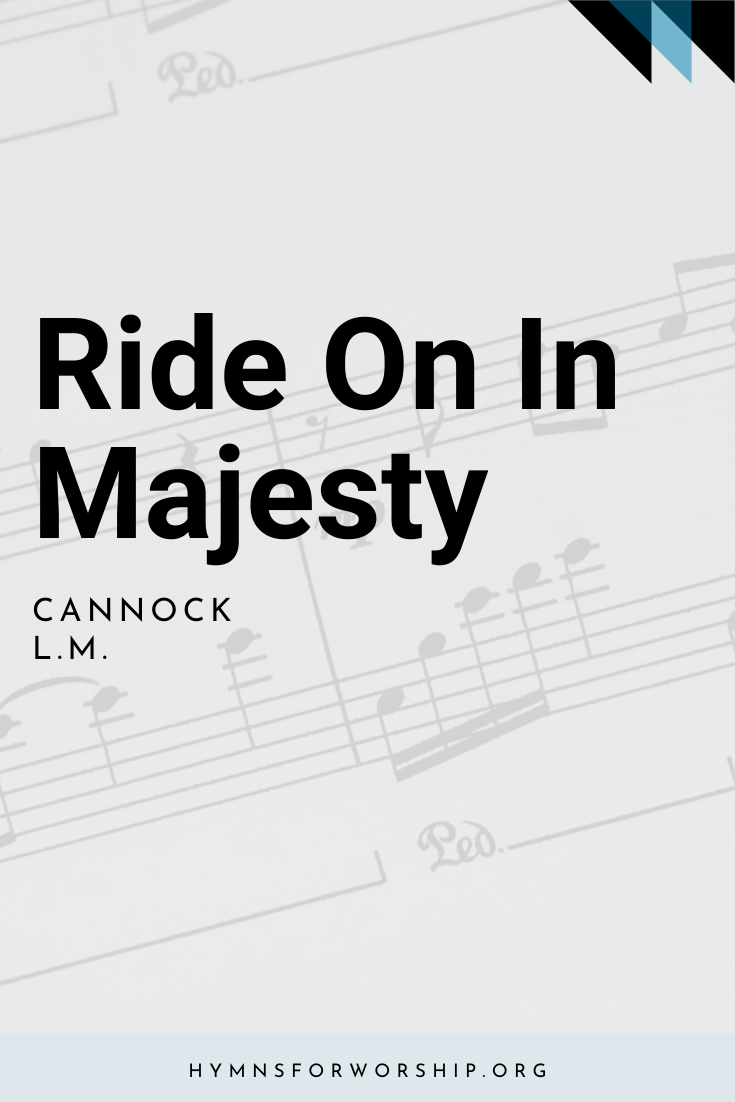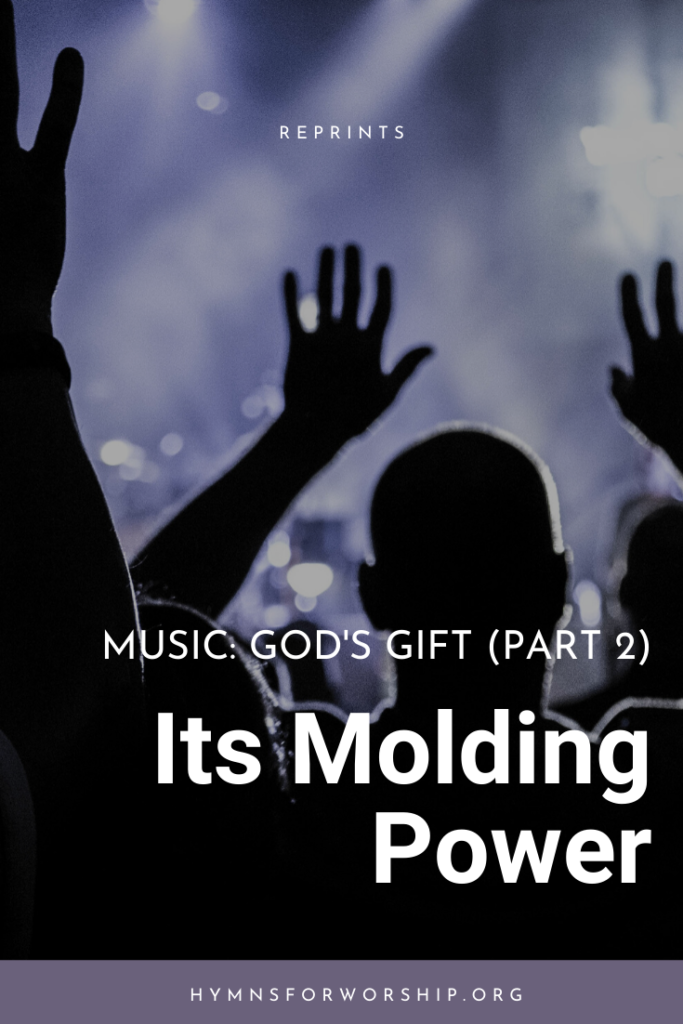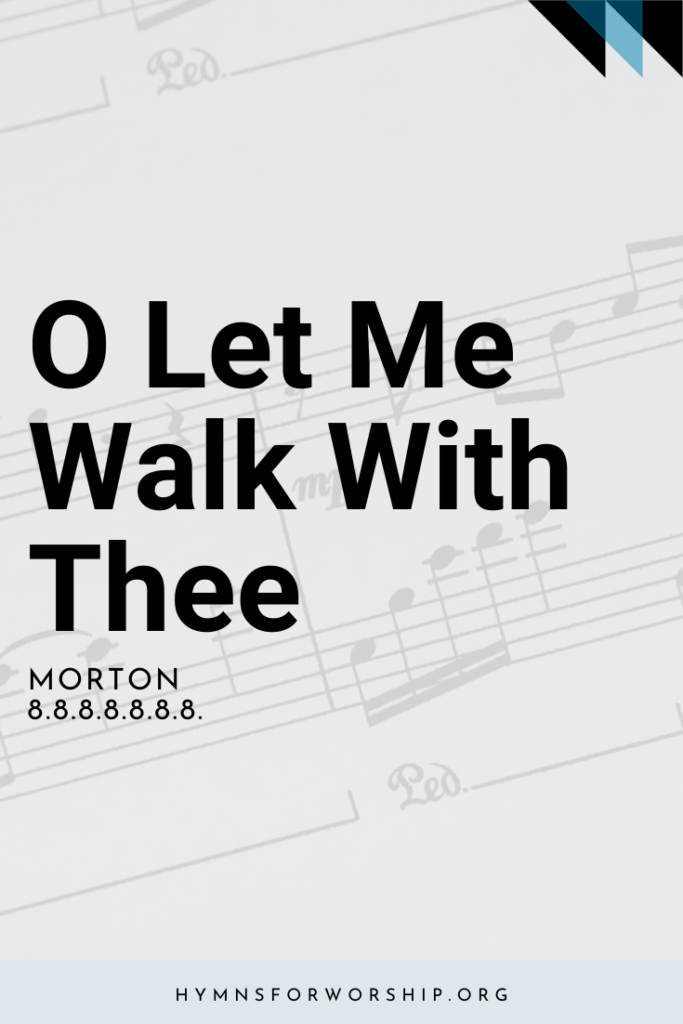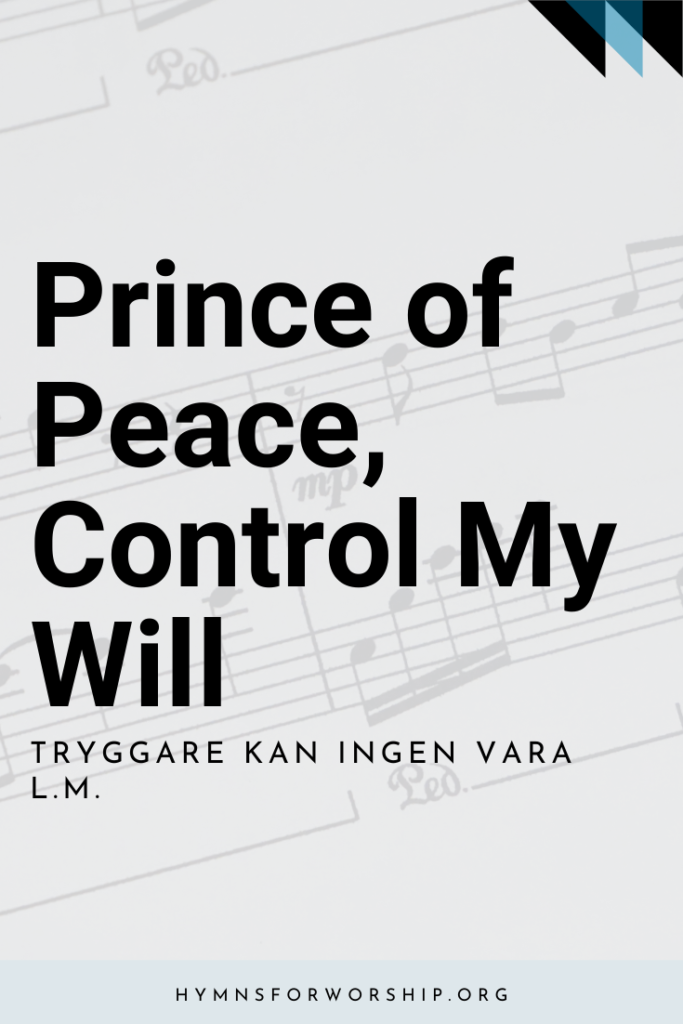JESUS CHRIST >> SUFFERINGS & DEATH
SDAH 160
Ride on! ride on in majesty!
Hark, all the tribes hosanna cry;
O Savior meek, pursue Thy road
With palms and scattered garments strowed.


Text
1
Ride on! ride on in majesty!
Hark, all the tribes hosanna cry;
O Savior meek, pursue Thy road
With palms and scattered garments strowed.
2
Ride on! ride on in majesty!
In lowly pomp ride on to die;
O Christ, Thy triumphs now begin
O’er captive death and conquered sin.
3
Ride on! ride on in majesty!
The winged squadrons of the sky
Look down with sad and wondering eyes
To see the approaching sacrifice.
4
Ride on! ride on in majesty!
In lowly pomp ride on to die;
Bow Thy meek head to mortal pain,
Then take, O God, Thy power and reign.

Hymn Info
Biblical Reference
(a) Matt 21: 9, 5-8
Author
Henry H. Milman (1791-1868)
Year Published
1827
Copyright
Music from the BBC Hymn Book by permission of Oxford University Press
Hymn Tune
CANNOCK
Metrical Number
L.M.
Composer
Walter K. Stanton (1891-1978)
Hymn Score
Piano Accompaniment
Notes
Get to know the hymns a little deeper with the SDA Hymnal Companion. Use our song leader’s notes to engage your congregation in singing with understanding. Even better, involve kids in learning this hymn with our homeschooling materials.
It was suggested to Henry Hart Milman by his friend Reginald Heber (see SDAH 47) that he turn his remarkable literary and poetic talent to hymn writing. As a result, this hymn was written in May 1821, to be sung on the sixth Sunday in Lent, otherwise known as Palm Sunday, to commemorate the triumphal entry of Jesus into Jerusalem the week before the Passover, or Easter. There were originally five stanzas, the omitted one being:
- Ride on! Ride on in majesty!
Thy last sand fiercest strife is nigh;
The Father on His sapphire throne
Expects His own anointed Son.
The third line of the first stanza was changed in 1852 from “Thine humble beast pursues his road” to the present wording. The hymn was first printed in Heber’s Hymns Written and Adapted to the Weekly Church Service of the Year, 1827.
Milman was born at St. James, London, on February 10, 1791, the son of the physician to King George III. He was educated at Eton and Oxford, and won prizes at the university of poetry and essays. He graduated with a B.A. in 1814, received his M.A. in 1816, and D.D. in 1849. He was ordained deacon in 1816 and priest in 1817; in the latter year he was appointed vicar of St. Mary’s, Reading. From 1821 to 1831 he was professor of poetry at Oxford, then from 1835 to 1849 canon of Westminster Abbey and at the same time rector of St. Margaret’s Church in the shadow of the cathedral. His last appointment was in 1849 as dean of St. Paul’s Cathedral. He died at Sunninghill, Berkshire, on September 24, 1868, and was buried in St. Paul’s Cathedral.
Milman wrote several successful plays, but later wrote 13 hymns and many theological works. He caused a storm of controversy by writing his History of the Jews, 1829, using the Bible as though it were a secular book of history, but he by no means adopted the higher critical attitude of the German school of thought. He also wrote two histories of Christianity, one in 1840 and the other of a later period in 1854, both being highly acclaimed.
CANNOCK was composed by Walter Kendall Stanton and is one of his 26 tunes that appeared in the BBC Hymn Book, 1951. He was born at Dauntsey, a village near Swindon, Wiltshire, England, on September 29, 1891. At the age of 10, he became a chorister at Salisbury Cathedral, then as a student at Lancing College, in Sussex, before going to Oxford as an organ scholar from 1909 to 1913. He was director of music at St. Edward’s School, Oxford, from 1915 to 1924, then at Wellington College from 1924 to 1937. Overlapping this period from 1927 onward, he was in a similar position at the University of Reading. He resigned these two positions to take up the directorship of music at the British Broadcasting Company, Midland Region. Then from 1947 to 1957 he was the first professor of music in this new department at the University of Bristol. He wrote 33 hymn tunes and composed mainly choral music. He died at Sedgehill, near Shaftesbury in Dorset, on June 30, 1978.






